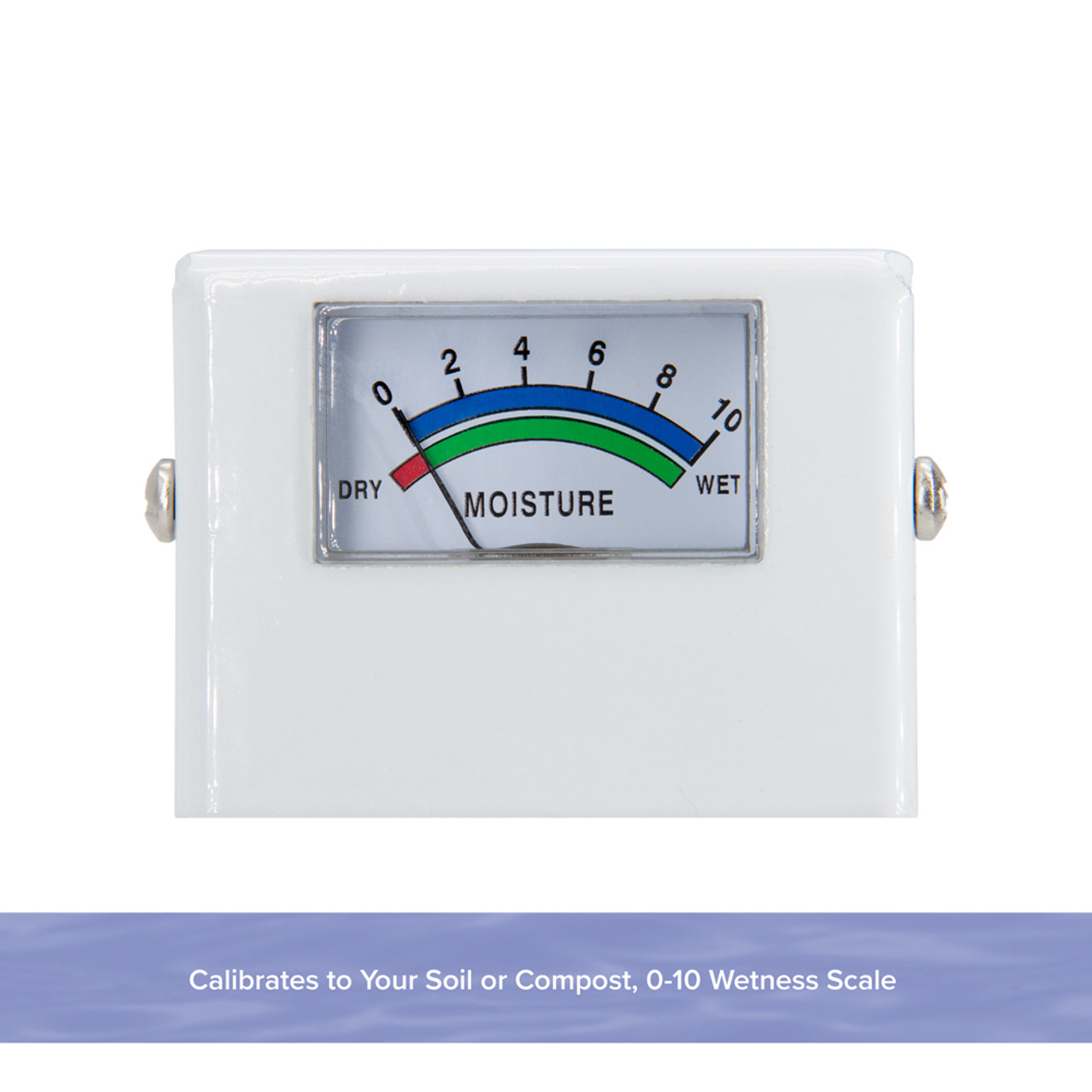Exactly How a Moisture Meter Can Aid You Preserve Optimal Problems in Your Home or Workplace
Exactly How a Moisture Meter Can Aid You Preserve Optimal Problems in Your Home or Workplace
Blog Article
Delve Into the World of Moisture Meters: Whatever You Required to Know
In the world of moisture meters exists a world of precision and practicality that often goes undetected. These gadgets, while seemingly straightforward, hold a wide range of details that can dramatically affect different markets and applications. Comprehending how moisture meters operate, the different types available, and their varied uses can clarify their relevance in ensuring quality and efficiency. By discovering the ins and outs of moisture meters, one can uncover an important tool that transcends simple measurement, providing understandings that can make a considerable distinction in countless fields.
How Moisture Meters Work
Moisture meters run by gauging the electrical conductivity or capacitance of products to figure out the wetness content present. These meters are indispensable devices throughout various markets, including woodworking, building, and farming. By using various approaches such as pinless or pin-type technology, dampness meters provide exact readings that assist professionals make informed decisions.
Pin-type dampness meters work by placing the sharp pins right into the product being checked. The electrical conductivity in between the pins is then determined, with greater moisture levels bring about increased conductivity. Moisture Meter. On the various other hand, pinless moisture meters utilize electro-magnetic signals to check a larger area without causing any type of damages to the material's surface. These meters are excellent for quickly examining dampness degrees in huge locations or completed products.
Regardless of the technique utilized, dampness meters play an important duty in stopping problems such as mold development, architectural damages, or product defects triggered by excess wetness. Understanding just how these meters job is crucial for ensuring the high quality and stability of products in numerous applications.
Kinds of Moisture Meters
Given the critical function dampness meters play in various markets, it is necessary to comprehend the various types offered to professionals for precisely examining dampness levels - Moisture Meter. There are mainly two major sorts of dampness meters: pin-type and pinless dampness meters

On the other hand, pinless moisture meters use electro-magnetic sensor plates to scan a larger area of the material without triggering any type of damage. This kind appropriates for rapidly scanning big locations and is generally used for floor covering, walls, and ceilings. Pinless meters are convenient for taking analyses on finished surface areas without leaving any type of noticeable marks.
Both kinds of moisture meters have their advantages and are picked based on the particular needs of the task at hand. Understanding the distinctions in between these types is critical for professionals to make exact dampness assessments.
Applications Throughout Industries
Building and construction specialists count on wetness meters to analyze the wetness degrees in structure materials like drywall, timber, and concrete, which is essential for maintaining structural stability and protecting against problems like rot or mold. The flooring industry makes use of moisture meters to determine the dampness material in subfloors before mounting Moisture Meter various flooring treatments, preventing expensive problems due to excess wetness. In the food sector, moisture meters are utilized to check and manage moisture levels in items such as grains, nuts, and dried out fruits to keep quality and top quality.
Tips for Using Wetness Meters
Use the moisture meter's calibration setups to make sure exact readings when determining the wetness web content in numerous materials. Calibration is crucial for the appropriate functioning of a moisture meter. Prior to each use, it is a good idea to inspect and readjust the calibration settings according to the certain material being checked. Additionally, see to it the meter is readied to the right dampness array for the material you are determining to obtain one of the most precise results.
When making use of a pin-type wetness meter, place the pins to the proper depth suggested for the product being evaluated. This makes certain that the dampness readings are extracted from the proper depth within the product, providing an extra precise representation of its moisture web content. For pinless dampness meters, remember to preserve correct contact with the product's surface area to get dependable analyses.
Frequently examine and change the batteries in your dampness meter to avoid incorrect readings because of low power. Shop the meter in a dry and risk-free location when not being used to prolong its investigate this site lifespan and keep its accuracy. By following these pointers, you can make best use of the performance of your dampness meter and obtain precise dampness content dimensions across different products.
Upkeep and Calibration
To ensure the accuracy of moisture content dimensions, regular maintenance and calibration of the wetness meter are vital steps in its appropriate performance. Calibration adjusts the dampness meter to guarantee that it provides consistent and trusted outcomes.
Calibration needs to be carried out periodically, particularly if the dampness meter is made use of frequently or in essential applications where specific dimensions are needed. Numerous moisture meters come with calibration tools or can be adjusted by specialist services. Moisture Meter. It is advised to maintain a log of calibration days and results to track the performance of the moisture meter in time. By calibrating the wetness and maintaining meter frequently, individuals can trust the accuracy of the wetness web content dimensions acquired.
Final Thought

Finally, moisture meters play Learn More Here a critical function in numerous sectors by precisely measuring the moisture content of materials. Recognizing just how these tools function, the different kinds offered, and proper upkeep and calibration are important for obtaining dependable outcomes. Whether in building and construction, farming, or manufacturing, the use of wetness meters assists make sure quality assurance and efficiency in processes.

In final thought, moisture meters play a crucial function in different markets by properly gauging the wetness content of products.
Report this page